If you’ve ever dreamed of having a lush, colorful garden — one that returns year after year without replanting — then perennials are your best friends. Unlike annuals that bloom for a single season, perennials are the comeback stars of the garden world. Plant them once, and they’ll reward you with flowers, foliage, and texture season after season.
But if you’re new to gardening, the world of perennials can feel overwhelming. Which ones are easy to grow? Which will survive your climate? And how do you keep them blooming without hours of care?
The good news is that many perennials are incredibly forgiving, thriving with minimal attention. Whether you have a sunny backyard, a shady corner, or even just a few containers on your patio, there’s a perennial that will thrive for you.
Here’s a detailed guide to the easiest perennials for beginners, plus expert tips to help them flourish — no green thumb required!
What Makes a Perennial “Easy”?
Before diving into the list, let’s clarify what makes a perennial beginner-friendly.
The best easy-care perennials share these qualities:
- Low maintenance: Minimal pruning, watering, or dividing needed.
- Pest and disease resistance: They stay healthy without constant attention.
- Wide adaptability: Tolerate different soils and climates.
- Reliable bloomers: Consistent flowers or foliage every year.
- Drought or shade tolerance: Less dependent on perfect conditions.
Think of these plants as your garden’s backbone — sturdy, beautiful, and dependable.
1. Daylilies (Hemerocallis) — The “Plant-and-Forget” Flower
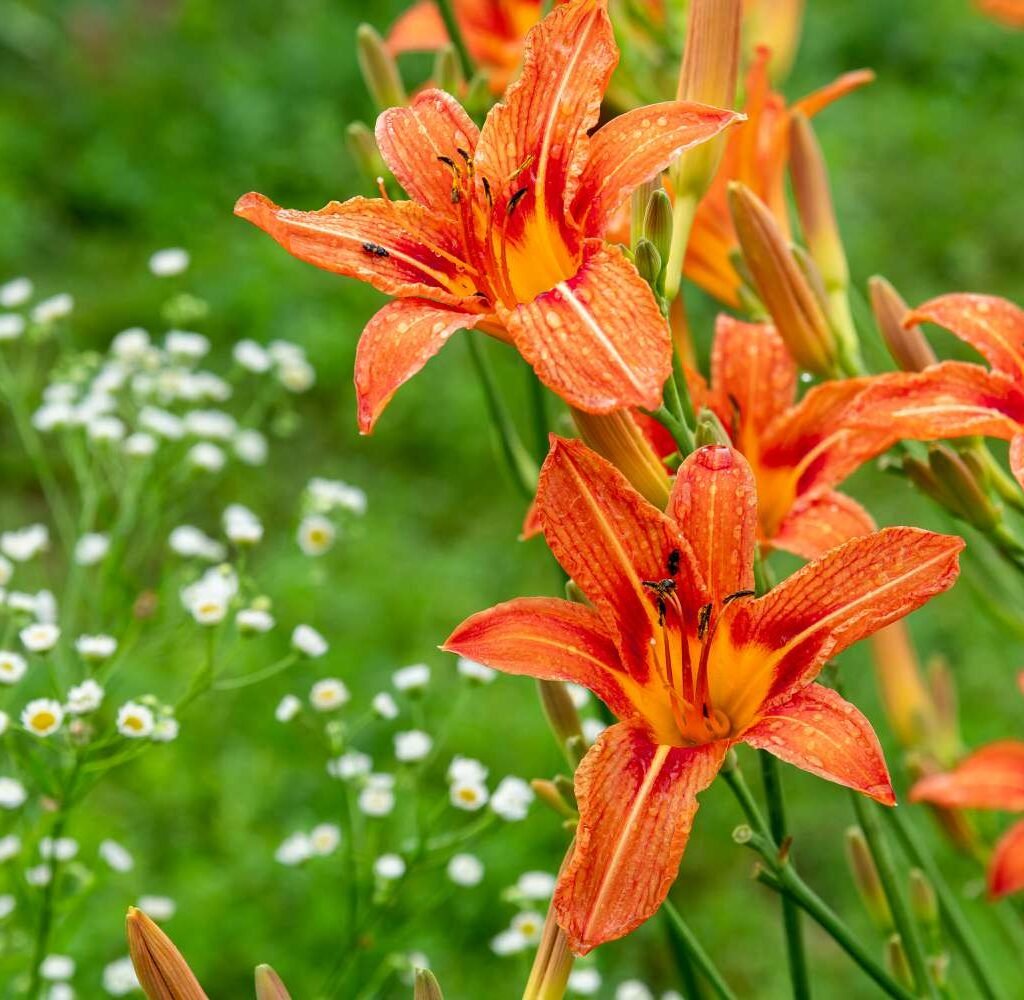
If you want instant gratification and minimal effort, daylilies are unbeatable. These hardy perennials are famous for thriving in almost any condition — full sun, part shade, poor soil, or neglect.
Why beginners love them:
- Incredibly resilient and adaptable.
- Bright, trumpet-shaped blooms in a rainbow of colors.
- Each bloom lasts one day, but the plant produces many buds.
- Some varieties re-bloom multiple times in a season.
Care tips:
- Plant in full sun to partial shade.
- Water regularly the first year; after that, they tolerate drought.
- Divide every 3–4 years to keep clumps vigorous.
Bonus: Deer-resistant and pest-free!
Bloom time: Early summer to late fall (depending on variety).
2. Black-Eyed Susan (Rudbeckia hirta) — A Ray of Sunshine
The black-eyed Susan is the ultimate “cheerful” flower — a golden-yellow daisy-like bloom with a dark center that brightens any garden. It’s native to North America, which means it’s perfectly adapted to a range of climates.
Why beginners love them:
- Thrive in poor soil and full sun.
- Drought-tolerant once established.
- Long bloom season — late summer through fall.
- Attracts pollinators like butterflies and bees.
Care tips:
- Plant in well-drained soil with full sun exposure.
- Deadhead spent blooms to encourage continuous flowering.
- Cut back in late fall or leave seed heads for birds.
Bonus: They naturalize easily, meaning they’ll spread and return year after year with little effort.
3. Coneflower (Echinacea) — Tough and Beautiful
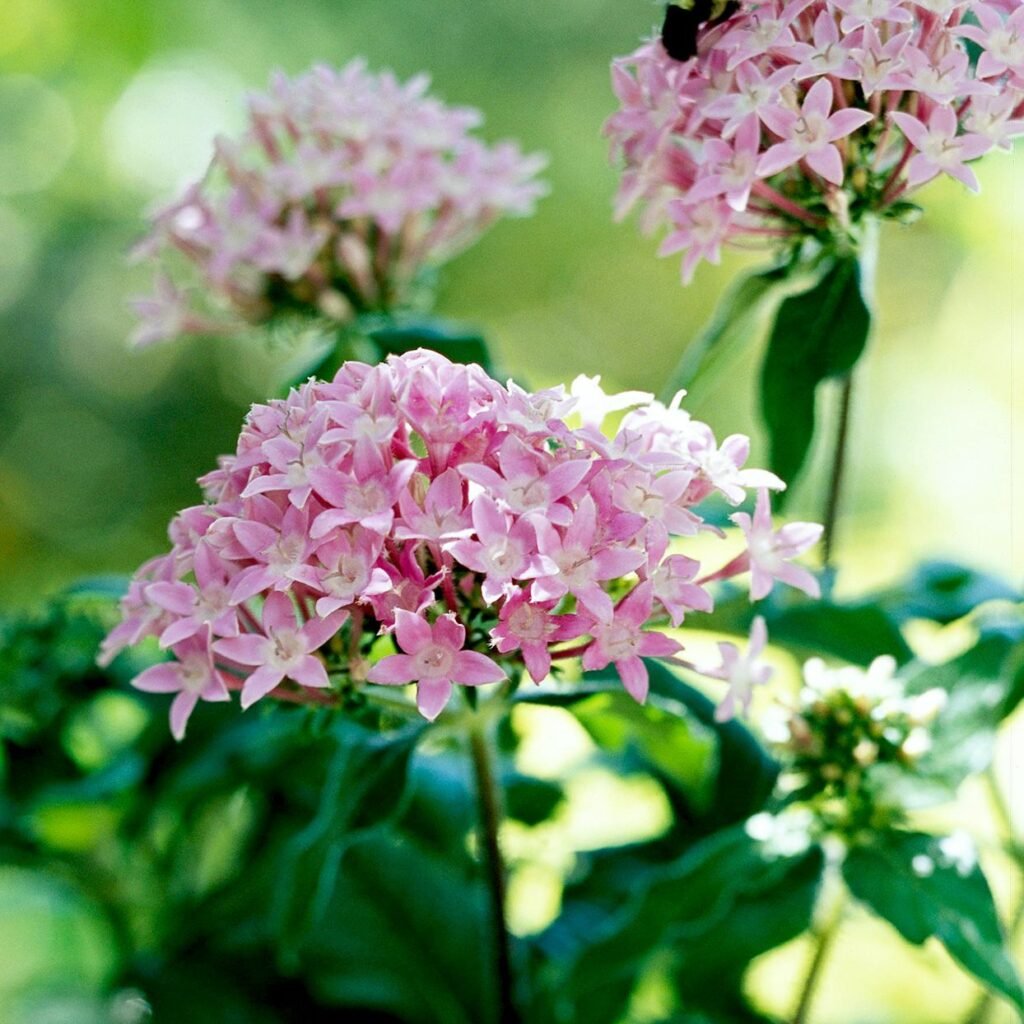
Coneflowers are the perfect combination of beauty and toughness. With their vibrant purple, pink, orange, or white petals and raised centers, they’re both garden staples and pollinator magnets.
Why beginners love them:
- Extremely drought- and heat-tolerant.
- Low maintenance — they practically grow themselves.
- Attract butterflies, bees, and birds (who love the seeds).
- Long-lasting blooms from midsummer to early fall.
Care tips:
- Plant in full sun and well-drained soil.
- Avoid overwatering — they prefer it dry.
- Leave seed heads in winter for birds and natural beauty.
Pro Tip: Try new hybrid varieties like PowWow Wild Berry or Cheyenne Spirit for vibrant color mixes.
4. Hostas — The Shade Garden Champion
If your garden gets more shade than sun, Hostas are the answer. These lush, leafy perennials come in countless sizes and shades — from deep emerald green to silvery blue and creamy variegations.
Why beginners love them:
- Virtually carefree and long-lived.
- Thrive in shade, where many flowers won’t grow.
- Add beautiful texture and contrast to garden beds.
- Produce delicate lavender or white blooms in summer.
Care tips:
- Plant in partial to full shade.
- Keep soil moist and rich in organic matter.
- Watch for snails or slugs (their only real enemies).
Bonus: Combine with ferns or astilbes for a lush, woodland-style garden.
5. Sedum (Stonecrop) — The Drought-Defying Succulent
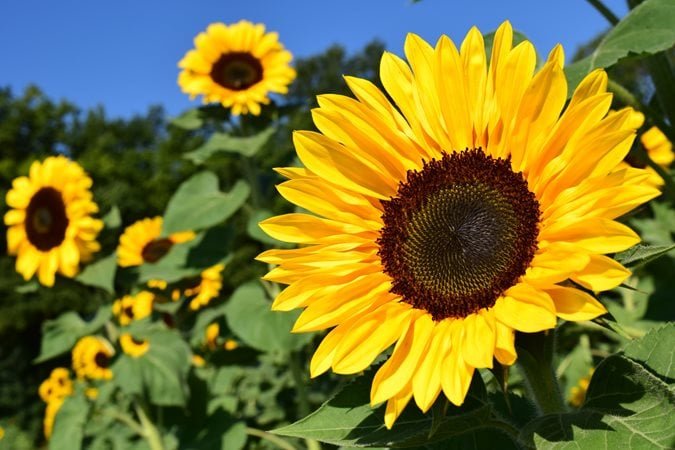
If you’re the “forget to water” type of gardener, Sedum is your soulmate. This hardy succulent thrives on neglect and poor soil, yet produces clusters of star-shaped flowers in late summer and fall.
Why beginners love them:
- Tolerates heat, drought, and rocky soil.
- Adds texture and color even when not in bloom.
- Great for borders, rock gardens, or containers.
- Attracts bees and butterflies.
Care tips:
- Needs full sun and well-drained soil.
- Water only during prolonged dry spells.
- Cut back spent flower heads in spring.
Popular varieties: Autumn Joy (classic pink blooms), Dragon’s Blood (reddish foliage).
Pro Tip: Sedums look especially striking when paired with ornamental grasses.
6. Shasta Daisy (Leucanthemum × superbum) — The Classic Cottage Flower
No flower says “classic garden” like the Shasta Daisy. With their crisp white petals and sunny yellow centers, these flowers bring a cheerful, timeless look to any space.
Why beginners love them:
- Hardy and easy to grow.
- Long blooming season — summer to early fall.
- Excellent cut flowers.
- Deer- and rabbit-resistant.
Care tips:
- Plant in full sun with well-drained soil.
- Deadhead regularly to extend blooming.
- Divide clumps every 2–3 years to rejuvenate.
Pro Tip: Pair Shasta Daisies with purple coneflowers for a stunning color contrast.
7. Lavender — The Fragrant All-Rounder
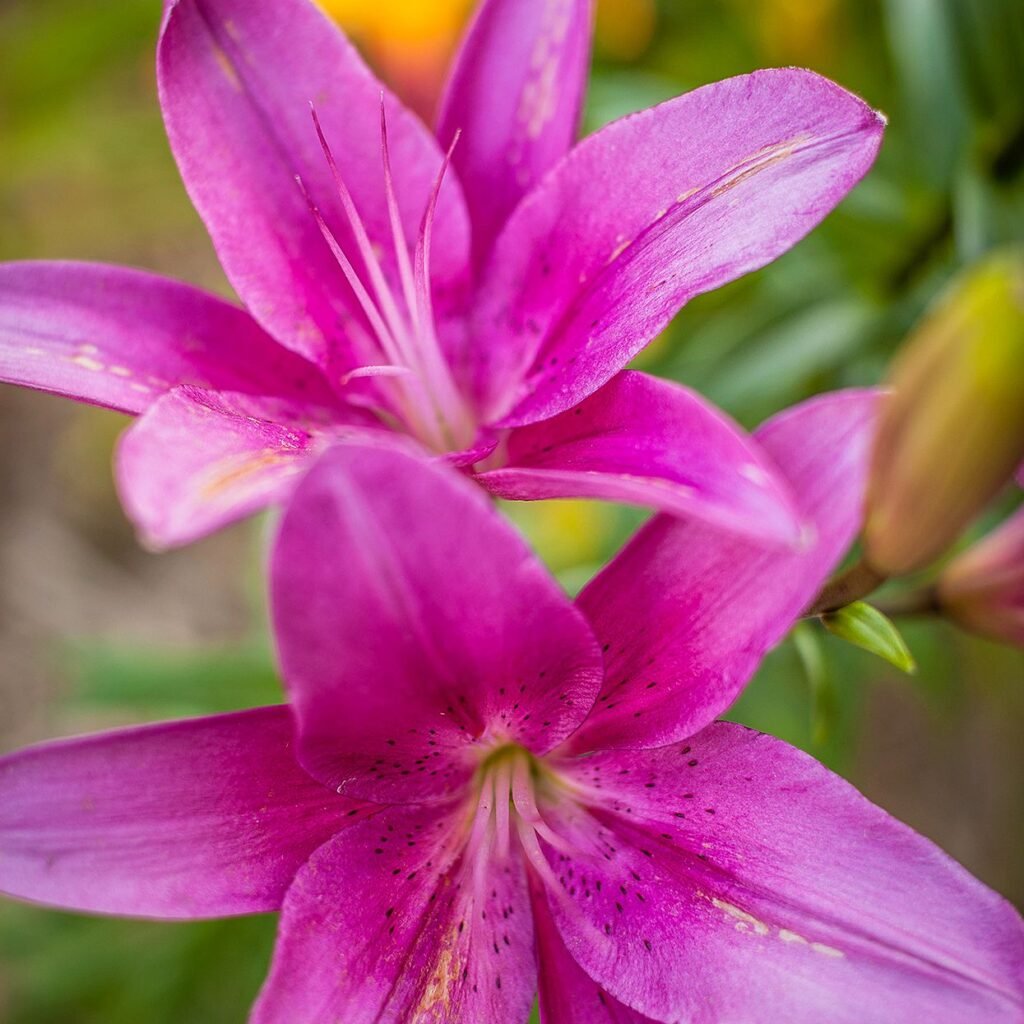
For gardeners who want beauty and scent, lavender is unbeatable. Its purple spikes and silvery foliage bring both elegance and aroma to sunny gardens — and it’s famously low maintenance.
Why beginners love them:
- Drought-tolerant once established.
- Beautiful fragrance that deters pests and attracts pollinators.
- Evergreen foliage adds year-round appeal.
- Great for borders, containers, or dried arrangements.
Care tips:
- Plant in full sun with sandy, well-drained soil.
- Avoid overwatering — it prefers dry roots.
- Prune lightly after flowering to keep it compact.
Bonus: The scent is a natural stress reliever — perfect for garden relaxation.
8. Peonies — The Rewarding Perennial Classic
Few plants make a bigger statement with so little effort as peonies. Their large, ruffled blooms and heavenly scent make them a garden favorite for generations.
Why beginners love them:
- Exceptionally long-lived — peonies can thrive for decades.
- Require very little care once established.
- Huge, fragrant flowers in late spring.
- Virtually pest-free and deer-resistant.
Care tips:
- Plant in full sun and well-drained soil.
- Don’t bury roots too deep (just below the surface).
- Support heavy blooms with stakes or rings.
- Avoid moving them — they dislike disturbance.
Pro Tip: Once established, peonies often bloom more abundantly each year.
9. Coreopsis — The Sunshine Perennial
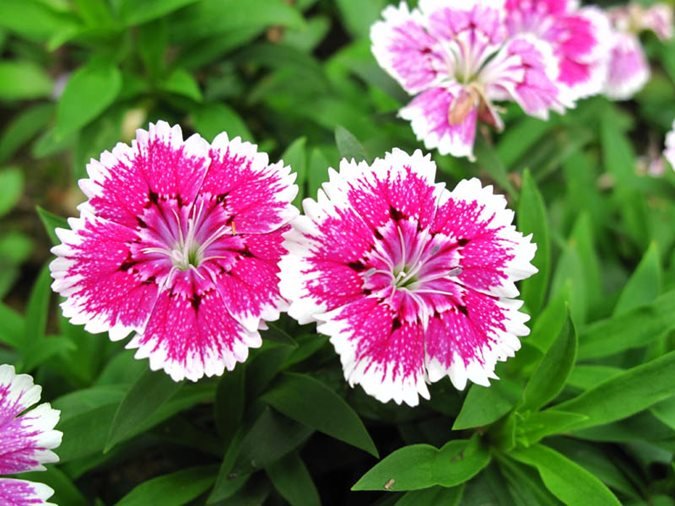
Also known as tickseed, Coreopsis is a long-blooming, sun-loving perennial that practically glows with happiness. It’s perfect for adding bursts of yellow, gold, or pink to your garden.
Why beginners love them:
- Blooms all summer long.
- Drought-tolerant and easy to maintain.
- Thrives in poor soil.
- Great for pollinators.
Care tips:
- Plant in full sun with average to dry soil.
- Deadhead spent blooms for continuous flowering.
- Cut back after the first bloom flush to encourage rebloom.
Bonus: Perfect for wildflower gardens and low-maintenance borders.
How to Keep Perennials Happy
Even the easiest perennials benefit from a little routine care:
1. Prepare good soil.
Mix compost or organic matter before planting. Healthy soil = happy plants.
2. Water wisely.
Water deeply but infrequently to encourage strong roots.
3. Mulch.
Apply a 2–3 inch layer to conserve moisture and prevent weeds.
4. Deadhead regularly.
Removing spent flowers encourages reblooming and keeps your garden neat.
5. Divide every few years.
This keeps plants healthy and lets you expand your garden for free!
Final Thoughts: A Beginner’s Garden That Lasts
Starting your first garden doesn’t have to be complicated or high-maintenance. The perennials above — from cheerful daylilies to fragrant lavender — will reward your effort with year-after-year color, fragrance, and beauty.
Plant them once, nurture them through their first season, and then sit back and watch your garden transform into a living masterpiece that grows stronger with each passing year.
With these easy-care perennials, you’ll discover that gardening isn’t about perfection — it’s about patience, joy, and the simple magic of watching something thrive.
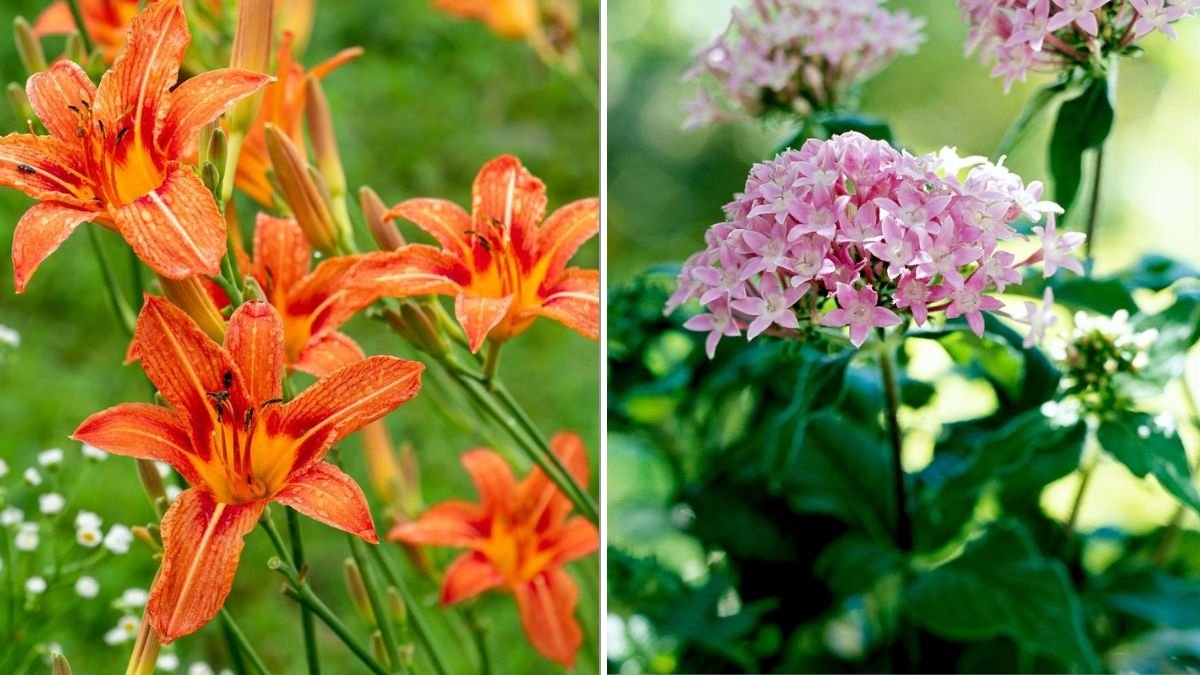





Leave A Comment